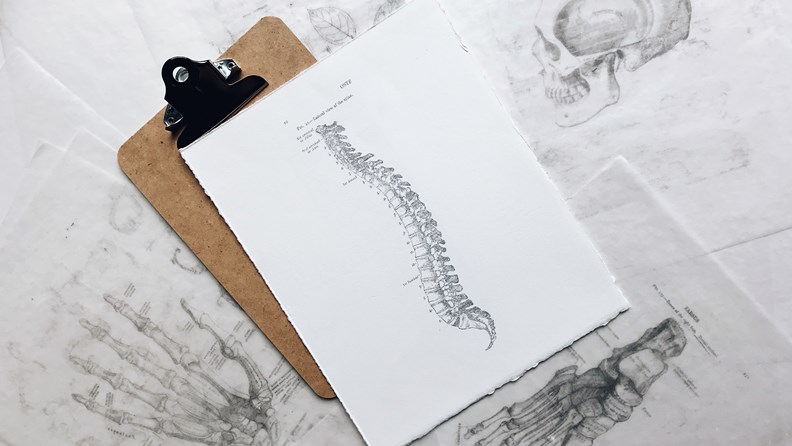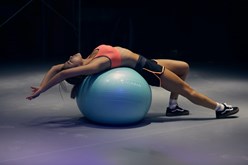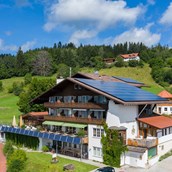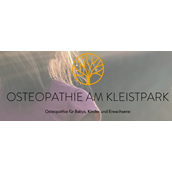The herniated disc, often a very painful topic
If you no longer consider yourself to be a young adult, you are probably familiar with the symptoms of a “ herniated disc ” among friends and acquaintances, in your family, among work colleagues or perhaps yourself, and that these become more frequent in conversations as you get older. Nevertheless, young people are increasingly affected by it these days. So if you are one of the “young adults”, the blog post may also be interesting for you.
Why does a herniated disc often occur in old age, how exactly does it occur, how can I prevent it and what measures are there as an alternative to the usual operation?
We will answer exactly these questions in today's blog post.
Let's start with the question of where the herniated disc comes from and why it often occurs in old age and more rarely in adolescence?
The intervertebral disc is a type of connection between the different vertebral bodies in the back. It consists of a core (gelatinous core) and is surrounded by a fibrous ring. Due to its flexible, fibrocartilaginous formation, it is the cartilage between the vertebrae and is therefore of great importance for the back. When a disc herniates, tears develop in the surrounding fibrous ring and in the tissue of the gelatinous nucleus. The “shifting” of the tissue can put pressure on the nerve roots of the spinal cord. This then causes the symptoms.
Like all other joints, the intervertebral disc also needs sufficient water. Since the supply decreases with age, the lack of water can cause the above-mentioned cracks in the gelatinous core. If the intervertebral disc is then put under excessive strain, a so-called herniated disc can occur.
However, there is also the possibility that teenagers or young adults can suffer from a herniated disc. For example, overweight, incorrect stress and genes also play a major role.
At least we now know where a herniated disc comes from and that it doesn't always just happen with age.
Let's now come to the question, how can I prevent a herniated disc and what measures are there as an alternative to surgery?
Exercise is “the be-all and end-all” of preventing a herniated disc. No matter whether it's jogging, dancing, playing football or yoga. Movement of the body is extremely important to keep the spine intact. In addition, exercises for the back, in the form of strength exercises in the gym or in a gymnastics class, contribute to the stability of the back and therefore provide more support for the intervertebral disc.
Even in everyday office life, you should make sure that you don't sit crooked all day long.
Short exercise breaks, general movement at the table (e.g. stretching or lounging), height-adjustable desks and exercise balls as a chair replacement are examples of perfect prevention.
To avoid an operation, alternative healing methods often help, such as osteopathic treatment , physiotherapeutic treatment or, in the first instance of pain, especially electrotherapy or heat therapy .
To find a suitable practice for this, you can go to our website and see where you can make an appointment near you.
We hope you enjoyed the article.
We are very happy to receive feedback, please write directly using our contact form .













.png)